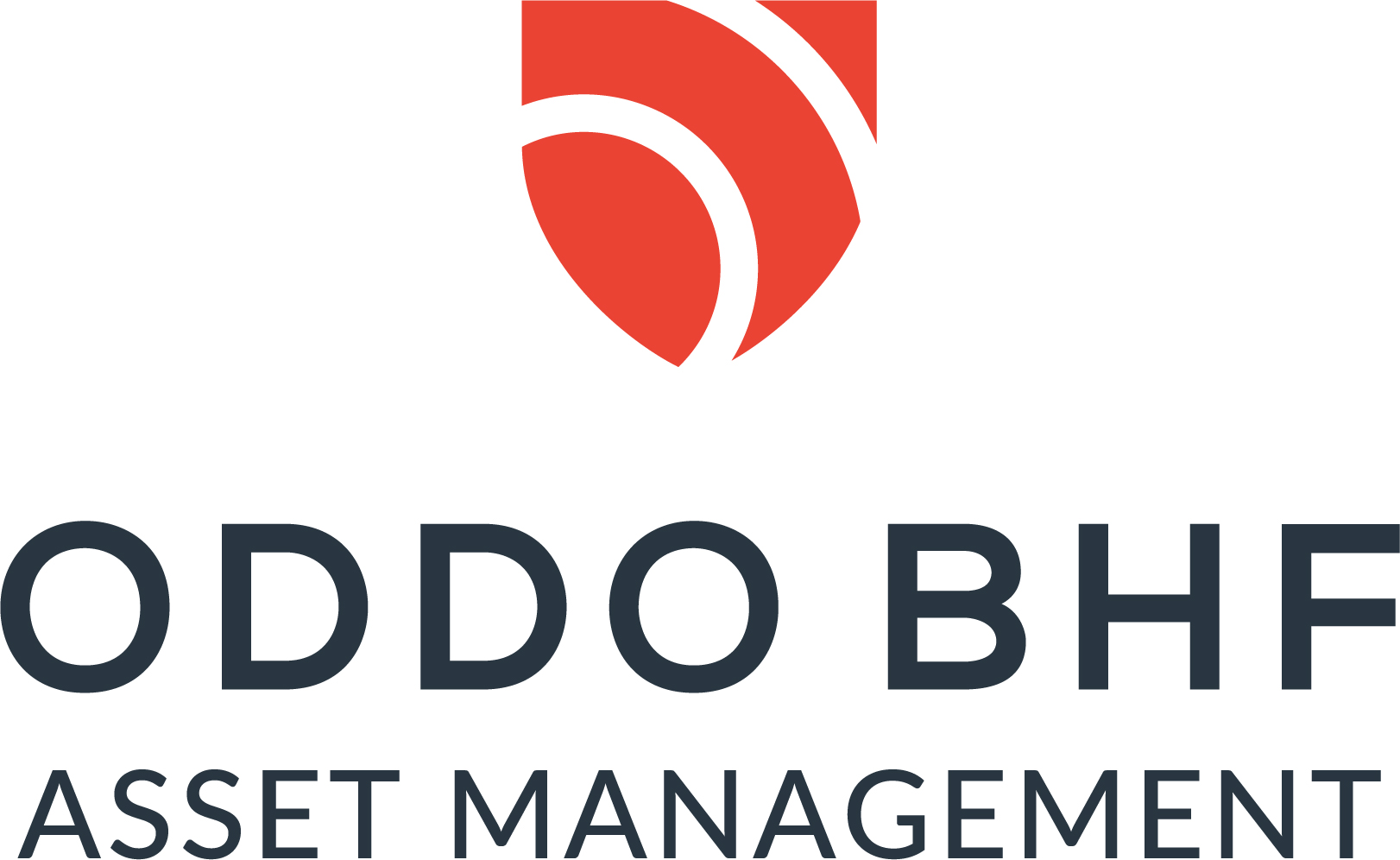
ODDO BHF Asset Management.
BAD HABIT IN FINANCE DEPARTMENT
The reporting season for the last quarter has once again brought to light a bad habit of many companies' finance departments: the art of creative accounting. In our view, this bad habit has increased on the international financial markets in recent years, with the result that the quality of the reported figures has declined. Investors can no longer fully trust the key data on the strength of a company. This applies in particular to the balance sheet, the income statement, and the cash flow statement. The quality of so-called "non-GAAP earnings" appears to be particularly poor. The term originates from the American accounting standard GAAP. The category "non-GAAP earnings" includes, for example, the key figure EBITDA for the operating result, earnings before interest, taxes, depreciation, and amortization. Such key figures can increase transparency. However, they often give shareholders an overly positive picture of a company.
THE ARSENAL OF BALANCE SHEET TRICKSTERS IS LARGE
- Advance or even "fraudulent" revenue recognition: companies are allowed to recognise revenue if a contract has been concluded, there is agreement on the price, the service has been provided and there is a high degree of confidence that customers will pay for the goods and services at a later date. A large number of companies recognise revenue prematurely, e.g. by claiming that a service has been provided when this is not yet the case.
- Excessive or incorrect valuation of assets: Investments in buildings, machinery and other tangible assets are often valued at too high a cost. Fraudulent companies often recognise fictitious assets or assets that do not even belong to them. A particular problem is the choice and length of depreciation periods. This may be correct if the asset is actually used for a longer period. However, the reasons given by some companies for extending the amortisation periods are often unconvincing, especially in this reporting period.
- Incorrect recognition of claims: Many companies carry a more or less high level of unpaid claims. They can book these as assets because an inflow of liquidity is expected. Some CFOs leave claims outstanding even when they have long since proved to be irrecoverable.
- Shifts within the group: If a parent company or a subsidiary in the group shows too few assets in the balance sheet, assets are often shifted back and forth within the group shortly before the end of the year. The auditors then often have to put in extra shifts. The transaction price for such transactions is often difficult to understand.
- Debts: Debt can also be cheated. They may not be recognised by not being consolidated in the balance sheet. Enron used this trick to deceive the public for years until the company collapsed under its huge debts.
- Changing accounting standards: Great caution is advised when companies frequently change their accounting standards or introduce new pro forma figures by which investors are to measure the company's success in future. These figures are called pro forma because they are not covered by accounting standards.
The list could go on and on. Of course, some of these tricks are not illegal. The problem is that managers' incentives and targets are often set too short-term. If they cannot achieve these targets honestly, then some managers exploit accounting options too aggressively. We see ourselves as shareholders who want to accompany a company in its development over a longer period of time. We therefore attach great importance to the quality of management and the quality of accounting. We invest according to clearly defined quality criteria: We invest in companies that have high returns on capital and clear competitive advantages, are growing structurally, are valued at what we consider to be an appropriate price on the market and are run by honest and transparent management. Our analysis always includes our portfolio managers critically scrutinising the quality of the accounting.
As a result, we do not base our judgement solely on the figures that companies publish. Nor do we judge a share solely on the basis of a single, isolated key figure. An important investment criterion for us is a company's ability to generate high operating cash flows. Free cash flow shows how much operating cash a company generates in a reporting period after capital expenditure. The free cash flow can be used to calculate the free cash flow yield. This ratio compares the expected free cash flow with the market value of the company. Generally speaking, a high free cash flow means that a company generates sufficient liquidity to pay dividends, buy back shares and repay debt. This provides us as investors with a basis and indicates that the company can generate value for its shareholders.



